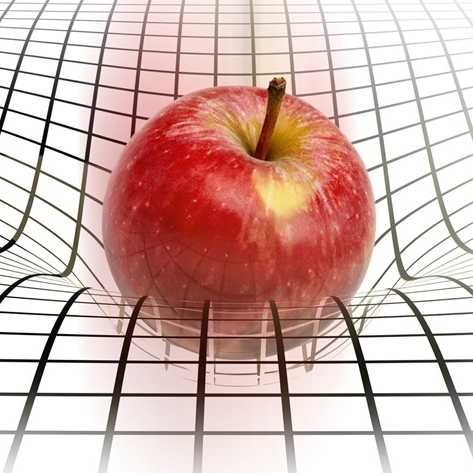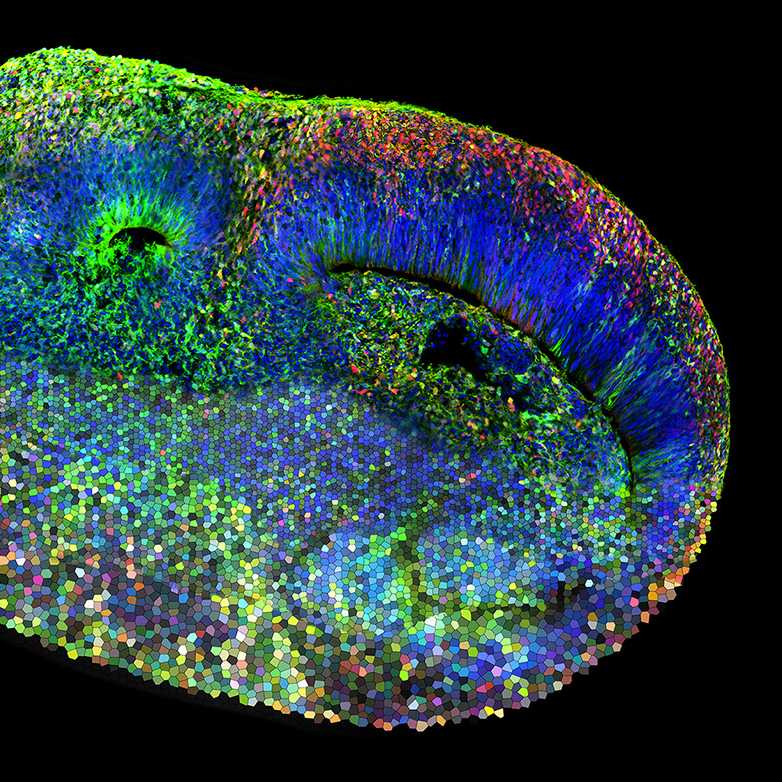In the Media - September 2023
Featuring the best of this month's news stories from the perspective of journalists and media around the globe.
Intense lasers shine new light on the electron dynamics of liquids
Also reported in...
Afraid of needles? Check out this octopus-inspired drug patch
Also reported in...
external page Nature (first reported)
external page Technology Networks - Drug Discovery
external page Express Healthcare Management
external page Global Health News Wire
Scientists found the most intense heat wave ever recorded — in Antarctica
Also reported in...
Scientists Successfully Genetically Modify Individual Cells in Living Animals
Also reported in...
external page Technology Networks – Genomic Research
external page AZO Life Sciences
Novel Method Genetically Modifies Individual Cells in Mice
Also reported in...
Predicting the sustainability of a future hydrogen economy
Also reported in...
About the Computer Mouse
external page How ETH Zurich fits into the history of the computer mouse...It was part of the legendary Xerox Alto released in 1973. Alto was the first desktop computer to use a graphic user interface and a mouse. Following the Alto, ETH Zurich shipped its Lilith computer with a version of a mouse as well. (ETH Zurich reference at approximately 12:37 on the audio)
3D insights into an innovative manufacturing process
Also reported in...
Climate researchers color-code stages of ocean acidification to illustrate changes
Also reported in...
REUTERS
12 September 2023

Electric vehicle breaks acceleration world record
Also reported in news outlets in nearly every country around the world, as well as...
external page Auto Car New Zealand
external page Automotive Power Train Technology International
Study Finds Breast Cancer Spreads During Sleep, Highlights Role Of Hormones
Also reported in...
NASA InSight Study Provides Clearest Look Ever at Martian Core – NASA Jet Propulsion Laboratory
Detecting seismic waves that actually traveled through the core allows scientists to refine their models of what the core looks like. Based on the findings documented in the new paper, about a fifth of the core is composed of elements such as sulfur, oxygen, carbon, and hydrogen. external page “Determining the amount of these elements in a planetary core is important for understanding the conditions in our solar system when planets were forming and how these conditions affected the planets that formed,” said one of the paper’s co-authors, Doyeon Kim of ETH Zurich.
REUTERS
1 September 2023

ETH Zurich Media Relations
Tel. +41 44 632 41 41
For media clippings from past years, visit the "In the Media" archive!







































































